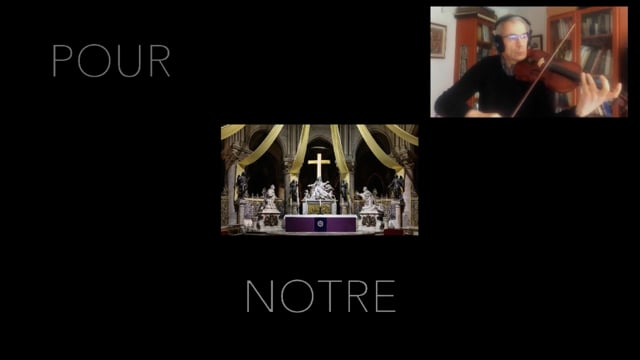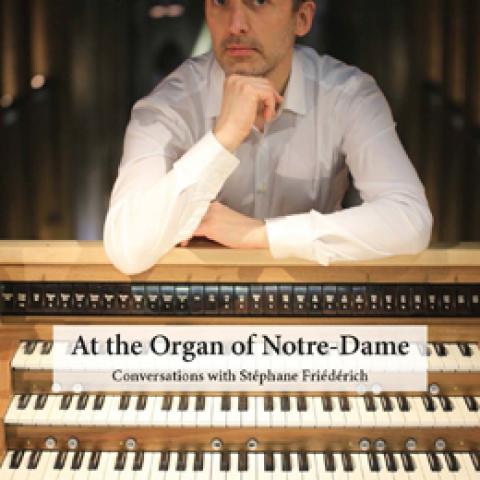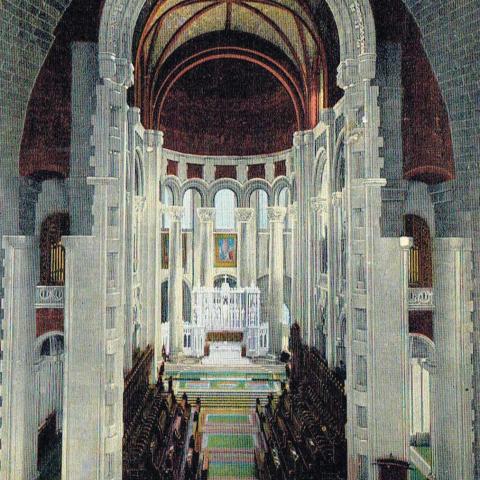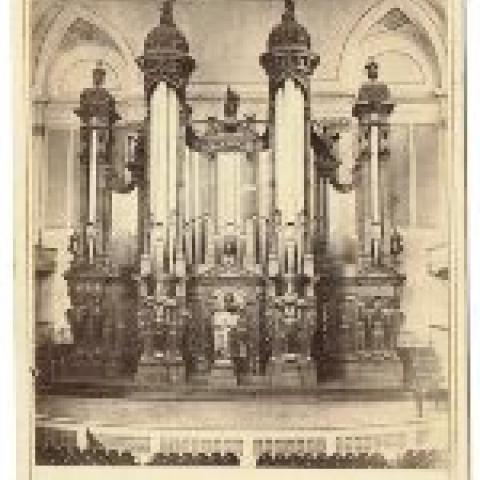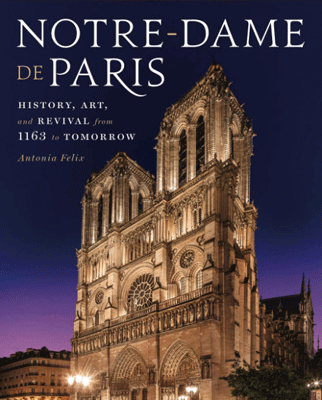
Sterling Publishing Co., Inc., announces a new book, Notre-Dame de Paris: History, Art, and Revival from 1163 to Tomorrow (9781454938316, $24.95), by Antonia Felix, author of books about Michelle Obama and Ruth Bader Ginsburg, among other topics.
The 208-page, hardbound book with dust jacket contains numerous illustrations, historic and contemporary, and traces the history of the cathedral from its founding through the April 15, 2019, fire that burned much of the interior.
A brief history of the cathedral organs is included, with quotations from Stephen Hamilton, Rollin Smith, and Philippe Lefebvre.
For information: www.sterlingpublishing.com.

